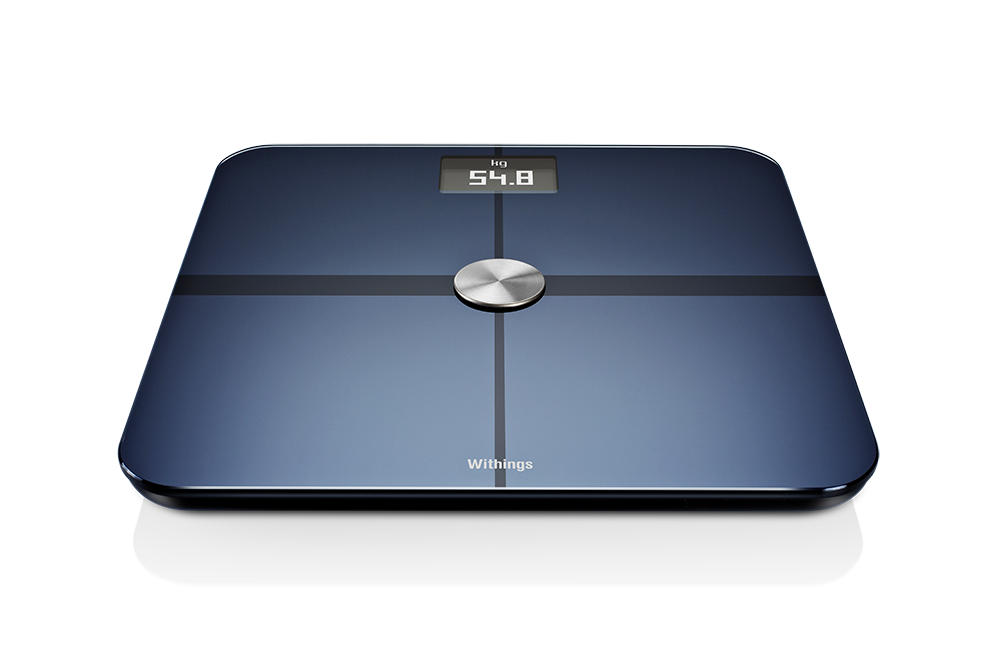
In poorly ventilated homes air quality gets degraded and the level of carbon dioxide (CO2) rises. If you don’t pay attention you might end up breathing mediocre air. But how do you know when to open the windows and clear the air?
What is indoor air pollution?
The World Health Organization lists several chemicals that are commonly responsible for indoor air pollution:
- Benzene
- Carbon monoxide
- Formaldehyde
- Naphthalene
- Nitrogen dioxide
- Polycyclic aromatic hydrocarbons
- Radon
- Trichloroethylene
- Tetrachloroethylene

As these substances are present in our homes, affect health and are known to often exceed healthy levels, it is important to monitor indoor air quality. But how do you do it?
Where does indoor air pollution come from?
The ready-to-assemble furniture that you just bought, your brand new carpet, the paint job you did last week-end, the spring-cleaning… In these cases gases and particles are released into the air. And according to United States Environmental Protection Agency they are “the primary cause of indoor air quality problems in homes.”
Here are some examples of sources:
- Smoking (tobacco or any other products that you burn);
- Building materials,
- Asbestos,
- High levels of humidity,
- Pressed wood products (not all of them though),
- Household cleaning and home improvement products (including solvents),
- Central heating and cooling systems,
- And of course: outdoor air! 🙂
But the EPA also mentions something really interesting:
“Inadequate ventilation can increase indoor pollutant levels by not bringing in enough outdoor air to dilute emissions from indoor sources and by not carrying indoor air pollutants out of the home. High temperature and humidity levels can also increase concentrations of some pollutants.”
Of course the levels at which each substance is present indoors can change over time, but their interactions vary too! A given pollutant will be more or less hazardous for your health, depending on the presence and the concentration of other polluting substances. The “ingredients” of your indoor air’s “recipe” are too unstable and unpredictable to try to monitor and act upon each level separately. This underlines even more the importance of opening the windows regularly.
When should I ventilate?
We know that when pollutants reach high concentrations they cause health problems. The time at which they become unhealthy depends mostly on how well isolated your home is, but even if you live in a house full of drafts you should care about the indoor air quality: pollutants can build up even in this case because of certain weather conditions!
Without any monitoring, you just don’t know for sure when it’s important to ventilate… Even if you have the habit of opening the windows each morning after waking up, it’s still interesting to monitor CO2 levels all through the day.
How does indoor air pollution affect my health?
Some of the bad effects of being exposed to poor air quality indoors can be felt right away, others will take years to develop. Some will only occur after a long, repeated exposure, and some will happen only when you are in contact of the pollutant and stop as soon as you are not exposed anymore.
At very high level, carbon dioxide may deteriorate sleep quality, cause headaches and even more serious health issues. If your indoor air quality is bad (but not horrific!), you could have headaches and you will most likely feel some kind of fatigue: your nights are not as restorative as they could be. And even if your indoor air quality is “almost good”, you just won’t get the most out of your sleep.
Let the Smart Body Analyzer show you the invisible!

As the carbon dioxide level is a good indicator of the presence of air contaminants (and thus of the indoor air quality), we equipped the Smart Body Analyzer with sensors that automatically perform a carbon dioxide and temperature measurement every 30 minutes.
Carbon dioxide and temperature readings are synced with the Health Mate application each time you weigh, and also automatically at least one time a day if you don’t weigh. An air quality chart showing your home’s recent air quality trend is also displayed by the scale when you weigh.


